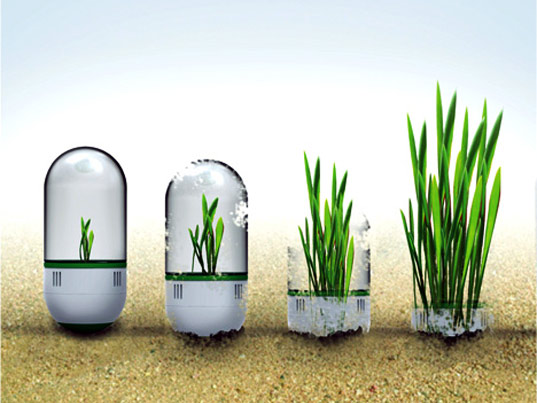Energie solaire : la France fait deux fois mieux en 2009
Le cabinet d’audit, de conseil financier et juridique PricewaterhouseCoopers a publié son deuxième rapport sur la filière photovoltaïque en France (Voir dossier : « Qu’est-ce que l’énergie photovoltaïque ? »), et cette étude est pleine de bonnes surprises.
Elle a en effet estimé que le secteur avait produit 250 mégawatheures l’an passé, contre 105 en 2008! Un chiffre qui a presque triplé et qui témoigne d’une spectaculaire remontée de la France au classement international, de la douzième à la septième position, juste derrière l’Italie mais devant la Chine. Ceux qui en doutaient encore en sont désormais pour leurs frais : l’énergie solaire est bel et bien en plein essor dans l’Hexagone, et dans la mesure où une diminution de 30 % du montant de modules solaires est attendue cette année, la filière devrait être encore plus compétitive.
Le rapport de PricewaterhouseCoopers a aussi tablé sur la création de 15 000 emplois directs d’ici à 2012. En attendant, l’année 2010 sera celle de la « consolidation », tant au niveau des installateurs, des fournisseurs et des distributeurs, dixit Benjamin Cros, Senior manager en charge de l’énergie au sein du pôle Conseil en Stratégie du cabinet : « De grands acteurs sont à l’affût et on devrait voir surgir de nouveaux entrants, soit en accès direct soit via des acquisitions et des partenariats ».
Le secteur est cependant encore confronté à des difficultés. D’une part, un décret paru en début d’année a instauré une diminution des tarifs de rachat de l’électricité solaire et, d’autre part, « les fabricants français de modules sont toujours peu nombreux, non intégrés et fragiles, alors même que les technologies continuent d’évoluer et que des ruptures sont attendues ». Ce constat invite à la prudence, et tant que la crise économique ne sera pas résorbée, tant que les régions n’auront pas développé de grandes centrales photovoltaïques, le secteur sera pourrait bien ne pas connaître une progression aussi soutenue ces prochaines années que celle observée en 2009.


















